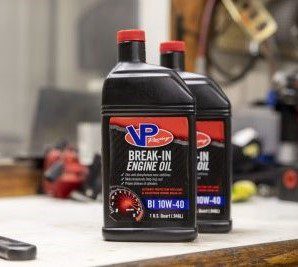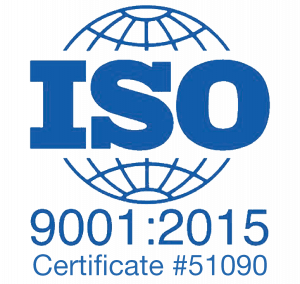
Estimated reading time 4:00
Engine break-in oil is a critical component of an engine rebuild. It allows controlled friction in low-load areas like piston rings. Additionally, it provides exceptional protection to areas with high loads, such as the camshaft and lifters.
An engine rebuild is a complex procedure that can take weeks or months to complete. The engine break-in process is the final step in the journey. This ensures that all surfaces within the engine are fully mated, particularly the piston rings and valvetrain. A proper break-in is vital to a successful build.
For this reason, it is crucial to choose the correct engine lubricant. Engine break-in oil is a specialized oil with a complex job.
They use conventional oils for two reasons. Conventional oil provides full hydrodynamic films. It also allows for enough friction and heat to wear mating parts together.
Synthetic engine oils can actually prolong break-in time. They also have potential to glaze cylinders, which will incapacitate proper ring seating. This is because synthetic engine oils inherently have lower friction coefficients.
How Do You Use It?
How you use engine break-in oil depends. What’s your specific application? As a rule, use break-in motor oil for 500 – 1,000 miles, or 10-12 full heat cycles. If using it for 10-12 full heat cycles, you want to allow the engine to reach full operating temperature and cool down completely between cycles.
Use engine break-in oil only long enough to seat the engine. The abrasive wear caused by engine break-in can increase exponentially. Therefore, it’s important to change the oil as soon as proper break-in has occurred. This can vary greatly and is often determined by ring tension and valvetrain type.
If you’re unsure of break-in duration, contact your engine builder for recommendations. Since they design break-in engine oils for short-term use, the oil doesn’t have the level of detergents you’ll find in a fully formulated engine oil.
Break-In Oil vs. Regular Motor Oil
It’s common for break-in oil to have conventional-based lubricants containing zinc/phosphorus (ZDDP) and moly anti-wear compounds. ZDDP forms a polar attraction to surfaces in the engine and creates a sacrificial layer. This prevents metal-to-metal contact in areas where a full-fluid oil film cannot exist. For instance, between cam lobes and lifters.
Molybdenum disulfide is a sulfate-based additive. It protects against corrosion and oxidation while also reducing friction. It’s important that engine break-in oil contains an aggressive detergent/dispersant package. It’s necessary to trap contaminants and metal particles, keeping them away from engine parts.
There is a difference between break-in oil and regular motor oil. They design regular engine oil to prevent wear. But, break-in oil is made to wear down the peaks on the cylinder wall. This allows a good seal to form.
Why Do I Need a Special Oil?
Because of ever-increasing limits on formulations, engine oils at your local auto parts store or big-box retailers contain low amounts of ZDDP. Experts believe that ZDDP is corrosive to emissions devices in high concentrations’.
Today’s spec engine oils have 30% less ZDDP chemistry than they did just 15 years ago. ZDDP is the bread-and-butter of anti-wear chemistry. For this reason, spec engine oils are not good for performance engines. In fact, they could cause your flat tappet camshaft to quickly fail. Low ZDDP levels can also negatively affect roller cams.
High ramp rate, high lift camshafts and stiffer valve springs, which are common in performance applications, can increase the load on the cam beyond what spec oils can handle.
Break-in oil provides an advanced level of protection because it contains a higher quantity of additives.
This brings us to the topic of intended wear — what “breaking-in” actually refers to. The controlled (intended) wear inside the cylinder prevents oil from being burned off at an increased rate due to oil building up between the piston and cylinder.
Break-in oil assists in the designed wear process so that regular engine oil can subsequently maintain ongoing protection of the engine.
I’m Breaking In an Engine.
How do I Find an Effective Oil?
As a result of chemical restrictions with current ‘Resource Conserving’ engine oils, experts recommend avoiding most of the oils sold at local auto parts and big box retailers. Instead, look for an engine oil marketed specifically as engine break-in oil.
Better yet, look to the performance industry leader, VP Racing Fuels, to give you the maximum out of your freshly built engine. VP’s SAE 10W-40 Break-In oil has a balanced level of ZDDP and moly anti-wear additives. It’s shear stable polymers prevent viscosity loss during the break-in process.
It is ideal for many engine applications, from drag racing to circle track and everything in between. VP offers a full line of synthetic and conventional high performance lubricants. We formulate them for everything from street performance to full-blown racing applications.
Besides break-in oil, make certain you choose the right assembly lube for your engine build. It plays a critical role in the process.

